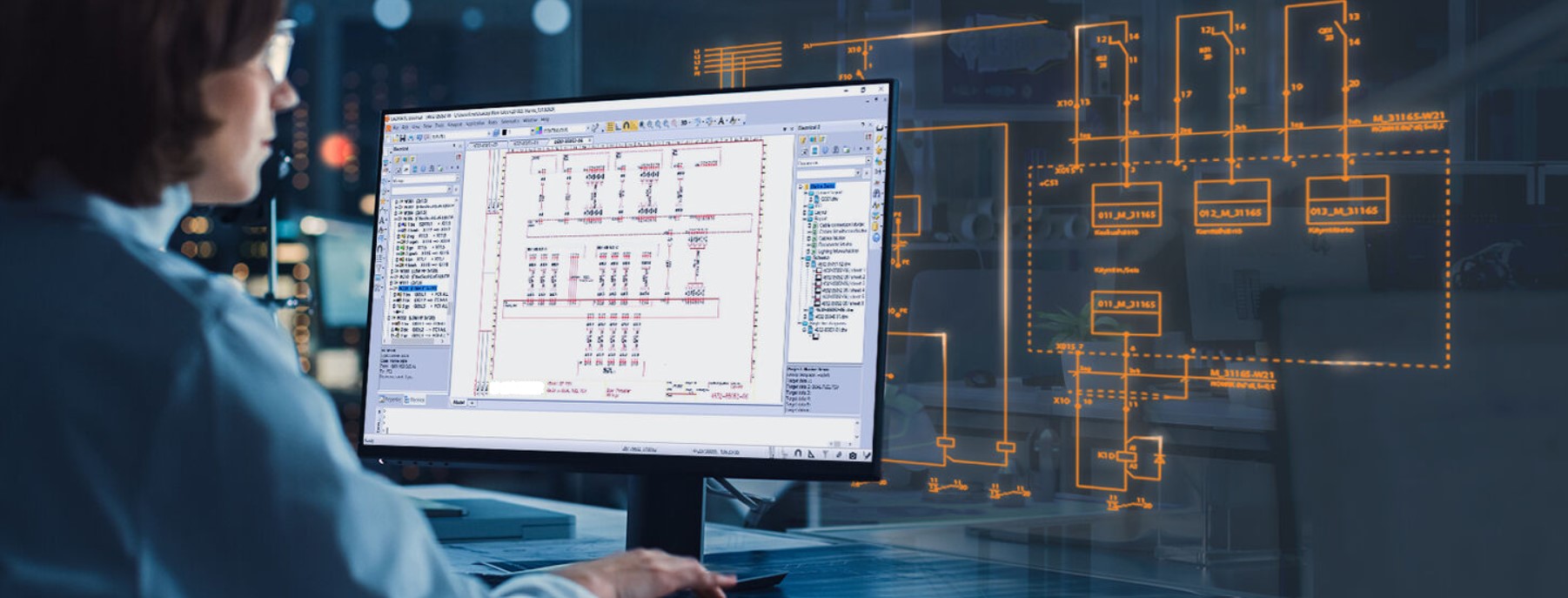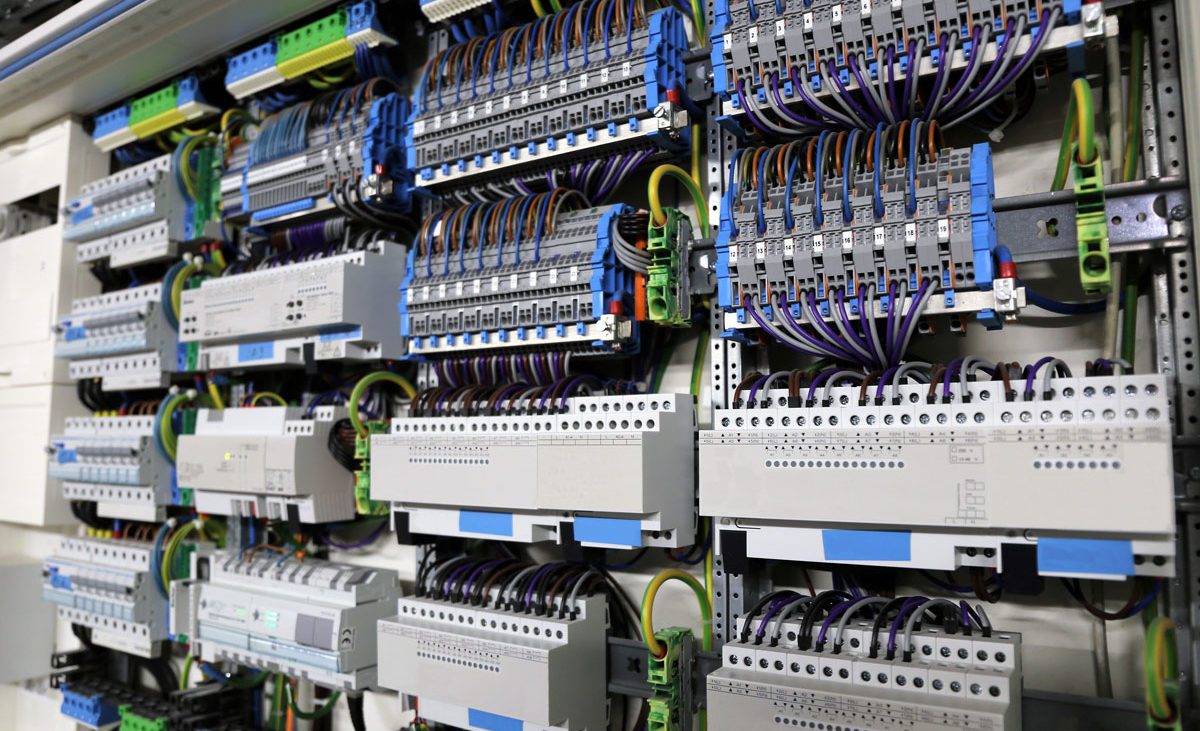Tailored Electrical Load Calculation Services for Commercial and Industrial Facilities
Tailored Electrical Load Calculation Services for Commercial and Industrial Facilities
Blog Article
Cutting-edge Electric Design Providers for Modern Framework
The advancement of contemporary infrastructure necessitates ingenious electric design services that not just enhance operational efficiency however additionally address sustainability challenges. As city settings grow progressively complex, incorporating innovations such as clever grids and renewable resource resources ends up being vital. These developments not only promise to enhance power intake yet additionally foster strength against future demands. The landscape of electric design is going through quick transformation, triggering a better examination of emerging patterns and their ramifications for long-term framework practicality. What might the future hold for those that embrace these ingenious approaches?
Relevance of Cutting-edge Electrical Design
Cutting-edge electrical design plays a critical role in modern facilities, influencing not only effectiveness yet likewise sustainability. As cities advance and the need for power boosts, the demand for innovative electrical systems ends up being vital. These systems have to not just fulfill present needs however additionally prepare for future growth and technological developments.
A well-executed electrical design can substantially lower power usage, thereby lowering functional expenses and minimizing environmental impact. By incorporating eco-friendly power resources, such as solar panels and wind generators, innovative styles can enhance power self-reliance and strength. Smart grid modern technologies allow for real-time monitoring and monitoring of power distribution, optimizing efficiency and minimizing waste.
Security is another crucial facet of electrical design. Applying rigorous criteria and advanced modern technologies can reduce dangers related to electric failures, making certain a protected atmosphere for companies and homeowners alike. Additionally, cutting-edge designs facilitate versatility, allowing infrastructures to integrate arising modern technologies seamlessly.
Trick Fads in Electrical Design
As the landscape of electrical design remains to evolve, several vital fads are shaping the future of the industry. One substantial pattern is the integration of wise technology right into electrical systems. The spreading of the Web of Things (IoT) has enabled real-time monitoring and control of electrical devices, boosting efficiency and helping with anticipating upkeep.
One more fad is the growing emphasis on modular design. This method permits for adaptable and scalable solutions, enabling facilities to adjust to altering needs without extensive remodellings. Furthermore, the use of sophisticated simulation devices and Building Information Modeling (BIM) is ending up being significantly widespread, streamlining the design process and improving cooperation amongst stakeholders.
Furthermore, developments in materials science are causing the growth of lighter, extra sturdy, and energy-efficient elements. This innovation is specifically crucial for high-performance buildings and infrastructure jobs.
Lastly, there is a significant change towards data-driven decision-making - electrical load calculation. Leveraging data analytics assists designers maximize systems for performance and cost-effectiveness. Together, these patterns represent a transformative era in electric design, improving functionality, sustainability, and strength in contemporary framework
Sustainable Energy Solutions
Sustainable energy services are increasingly coming to be an important emphasis in electrical design, mirroring a wider dedication to environmental obligation and source performance. These services intend to decrease environmental effect while optimizing energy usage in different facilities, from residential structures to large commercial centers.
One of the primary approaches entails the combination of renewable resource resources, such as photovoltaic panels and wind turbines, right into electrical systems. This not just minimizes dependence on nonrenewable fuel sources but also improves energy resilience. Additionally, ingenious power storage space systems, such as innovative batteries, enable reliable monitoring and circulation of power, guaranteeing that surplus Our site energy generated throughout optimal manufacturing can be used throughout high need periods.
Furthermore, energy-efficient design techniques are being adopted to enhance overall system efficiency. This consists of utilizing energy-efficient lighting, heating and cooling systems, and wise structure innovations that adapt and keep track of energy use based on occupancy and ecological conditions.
Smart Grid Technologies
The implementation of sustainable energy options normally results in the exploration of smart grid technologies, which play a crucial role in modernizing electrical systems. Smart grids take advantage of progressed interaction modern technologies and information why not find out more analytics to boost the integrity, efficiency, and sustainability of electrical power distribution. By integrating electronic modern technology with standard grid infrastructure, these systems facilitate real-time surveillance, automated control, and boosted decision-making capacities.
One of the vital features of clever grids is their capability to fit renewable resource sources, such as solar and wind power. This adaptability not just lowers dependence on fossil gas however additionally allows for an extra decentralized power manufacturing model. Furthermore, clever grids make it possible for demand reaction programs, where customers can readjust their energy use based on real-time prices, thereby advertising power preservation and decreasing peak load demands.
Additionally, wise grid innovations enhance grid strength by allowing quicker recognition and resolution of blackouts, inevitably lessening downtime. With predictive maintenance and analytics, utilities can enhance operations and improve service shipment. As neighborhoods and cities remain to evolve, smart grid modern technologies are important for constructing a sustainable and efficient electrical infrastructure that fulfills the demands of modern culture.

Future-Proofing Framework
To make sure long-lasting viability and adaptability, future-proofing infrastructure is essential in the swiftly advancing landscape of electrical design services. As modern technology advances and energy needs shift, it is important that electrical systems are designed with adaptability in mind. This entails incorporating scalable services that can suit future these details upgrades without demanding comprehensive overhauls.

Furthermore, sustainability must be a cornerstone of future-proofed designs. Using sustainable power resources, such as solar and wind, and optimizing energy performance reduce reliance on nonrenewable fuel sources, lining up with global efforts to deal with environment adjustment.
Conclusion
In final thought, innovative electric design solutions play a pivotal duty in shaping contemporary framework. By prioritizing versatility, sustainability, and effectiveness, these services resolve the developing demands of energy systems. The assimilation of clever grid technologies and sustainable power services improves strength and lowers functional expenses. Future-proofing infrastructure through sophisticated simulation tools and modular approaches makes sure that electric systems continue to be receptive to changing demands, inevitably adding to an extra energy-independent and sustainable future.
A well-executed electrical design can substantially minimize energy consumption, thereby reducing operational prices and decreasing ecological influence. By incorporating eco-friendly energy sources, such as solar panels and wind generators, ingenious styles can improve energy self-reliance and durability. Additionally, cutting-edge power storage systems, such as innovative batteries, allow efficient administration and circulation of power, making sure that surplus power generated throughout optimal production can be utilized throughout high need durations.
Smart grids make it possible for demand reaction programs, where consumers can adjust their power usage based on real-time prices, consequently promoting power conservation and minimizing peak lots needs. (residential electrical design)
As innovation breakthroughs and power needs shift, it is vital that electrical systems are designed with flexibility in mind.
Report this page